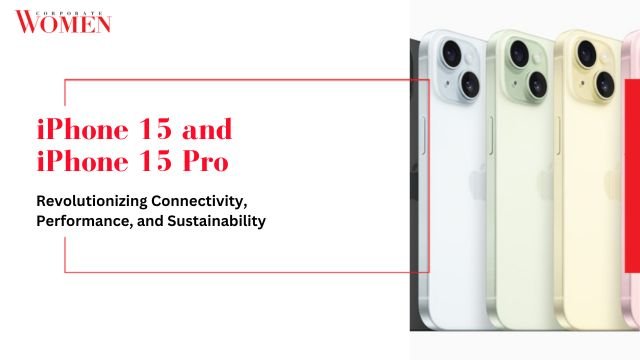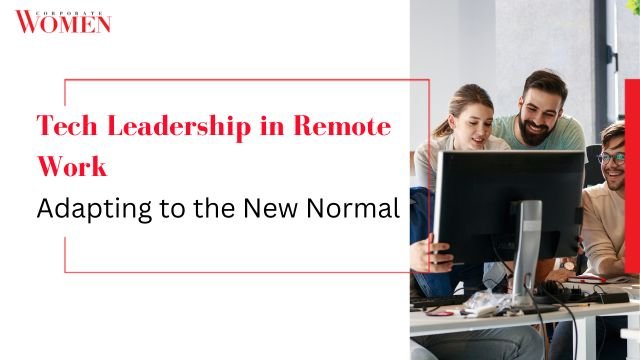Virtual and augmented reality (VR/AR) technologies are at the forefront of a technological revolution, significantly reshaping the way humans interact with the world. By offering completely immersive experiences and overlaying computer-generated elements on reality, VR and AR are finding applications in various fields, ranging from gaming and entertainment to education, training, healthcare, and more.
Impact of VR and AR on Human Interaction
VR and AR are rapidly reshaping the way we interact with the world around us. By providing immersive experiences and augmenting our reality, these technologies hold the potential to revolutionize various aspects of human life, from education and entertainment to healthcare and manufacturing.
One of the most exciting prospects for VR and AR lies in their potential to revolutionize training across numerous industries. These technologies can simulate real-world scenarios, such as surgical procedures or military maneuvers, creating safe environments for professionals to enhance their skills and improve efficiency while minimizing risks. Consequently, VR/AR training has the potential to raise safety standards and effectiveness in various sectors.
Diverse Applications of VR and AR
Training
1. Realistic Training Simulations
VR and AR have found significant applications in creating realistic training simulations for various industries, including healthcare, manufacturing, and military. Professionals can undergo training in simulated environments, enhancing their skills and competencies without exposing themselves to real-world risks.
2. Enhancing Safety and Efficiency
By offering safe and controlled training environments, VR and AR contribute to improved safety standards and increased efficiency in different sectors. Employees can practice critical tasks and emergency situations, reducing the likelihood of accidents and mistakes in high-risk industries.
Education
1. Immersive Learning Experiences
VR and AR are transforming education by providing immersive learning experiences that captivate students’ attention and make learning more engaging. Complex subjects can be presented in interactive ways, enabling students to explore concepts through hands-on simulations.
2. Engaging Hands-on Learning
With VR and AR, students can learn by doing, actively participating in the educational process. This approach caters to diverse learning styles and encourages better retention of information.
Entertainment
1. Virtual Theme Parks and Concerts
VR allows entertainment companies to create virtual theme parks and concerts, providing users with thrilling and interactive experiences. Participants can explore fantastical worlds and attend concerts featuring their favorite artists from the comfort of their homes.
2. Interactive Elements in Movies and TV Shows
AR enhances traditional entertainment media by adding interactive elements to movies and TV shows. Viewers can engage with characters and scenes, blurring the lines between fiction and reality.
Healthcare
1. Medical Simulations and Training
VR and AR are transforming medical education and training. Medical professionals can practice surgeries and procedures in lifelike simulations, refining their skills before performing them on real patients.
2. Rehabilitation and Pain Management
VR is utilized for rehabilitation purposes, providing patients with engaging and motivating exercises that aid in their recovery. Additionally, AR can assist with pain management techniques by diverting patients’ attention during procedures.
Retail
1. Virtual Showrooms and Try-On Experiences
VR and AR are revolutionizing the retail industry by offering virtual showrooms and try-on experiences. Customers can virtually try on clothes and accessories or visualize furniture and home decor in their living spaces, facilitating more informed purchasing decisions.
2. Informed Purchasing Decisions
With AR, customers can access real-time product information while shopping, enabling them to make well-informed choices about their purchases.
Manufacturing
1. Virtual Prototypes
VR facilitates the creation of virtual prototypes, reducing the need for physical mock-ups during the product design phase. This streamlines the development process and accelerates innovation.
2. Real-time Instructions for Workers
AR provides real-time instructions and information to workers on the factory floor, enhancing productivity and reducing errors in manufacturing processes.
The Promising Benefits of VR and AR
Immersive Experience
VR and AR offer unparalleled immersive experiences, transporting users to new worlds and providing unique perspectives.
Interactive Learning
VR and AR create interactive and engaging learning environments, catering to diverse learning styles and enhancing knowledge retention.
Real-time Information
AR provides real-time information about the physical world, improving navigation, translation, and various everyday tasks.
Improved Safety
By simulating dangerous scenarios in controlled environments, VR and AR contribute to improved safety in training and high-risk industries.
Increased Productivity
VR and AR technologies can streamline workflows, automate tasks, and provide real-time information to enhance productivity in various fields.
Overcoming Challenges of VR and AR
Cost
The relatively high cost of VR/AR headsets can hinder widespread adoption, especially in budget-conscious markets.
Hardware Requirements
VR/AR headsets demand powerful hardware, making them inaccessible to individuals with lower-end devices.
Motion Sickness
Some users experience motion sickness when using VR headsets, which requires further research and development to address.
Privacy Concerns
VR/AR headsets collect significant data about users, raising concerns about data privacy and security.
Safety Considerations
While VR and AR offer numerous benefits, they can also be misused for potentially harmful purposes, necessitating responsible application and regulation.
The Road Ahead for VR and AR
Continued Technological Advancements
As VR and AR technologies evolve, we can expect even more immersive, realistic, and user-friendly experiences.
Expanding Applications
VR and AR are likely to find new applications in diverse industries, unlocking more opportunities for innovation and growth.
Embracing VR and AR Responsibly
To harness the full potential of VR and AR, stakeholders must address challenges and concerns responsibly, ensuring these technologies benefit society as a whole.
Conclusion: A Glimpse into the Transformed Future
In conclusion, VR and AR are set to revolutionize human interaction and various industries. Their potential applications range from enhancing training and education to improving healthcare, entertainment, and e-commerce experiences. Nevertheless, it is crucial to address challenges related to cost, hardware requirements, motion sickness, privacy, and safety before these technologies can be embraced on a larger scale. As they continue to evolve, VR and AR have the potential to unlock new frontiers of human experience and transform the way we live and work in the future.









